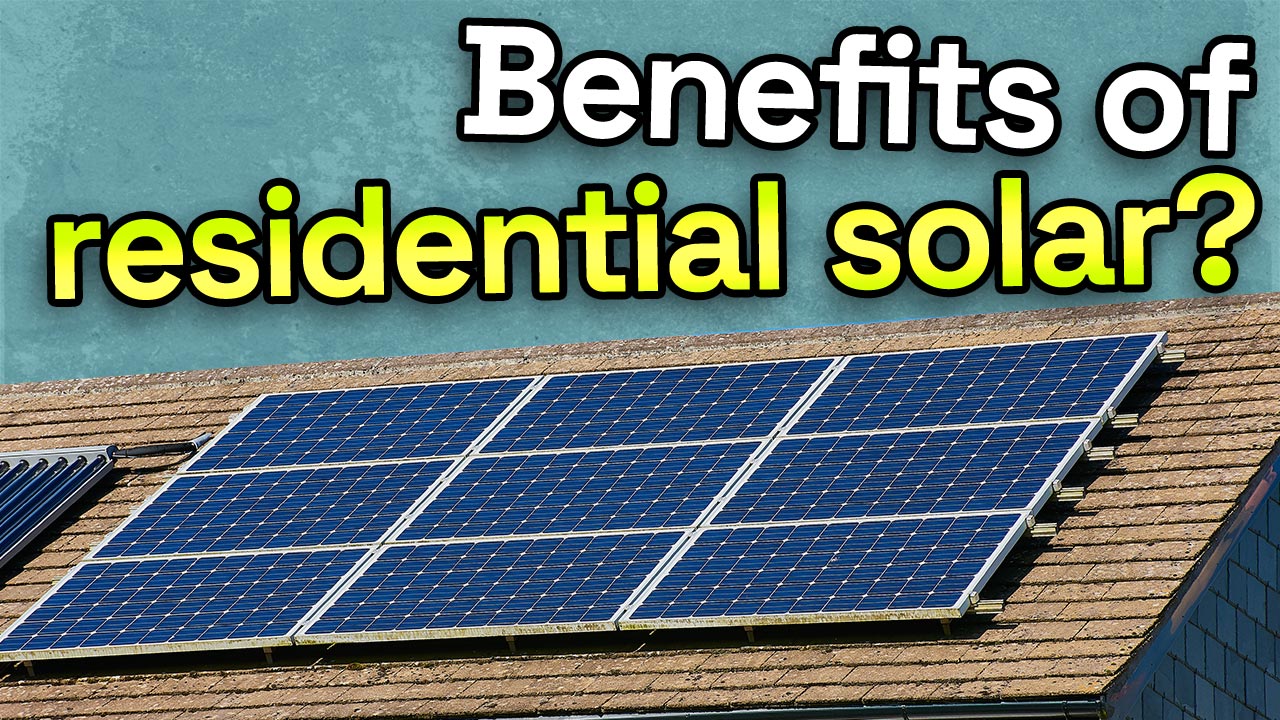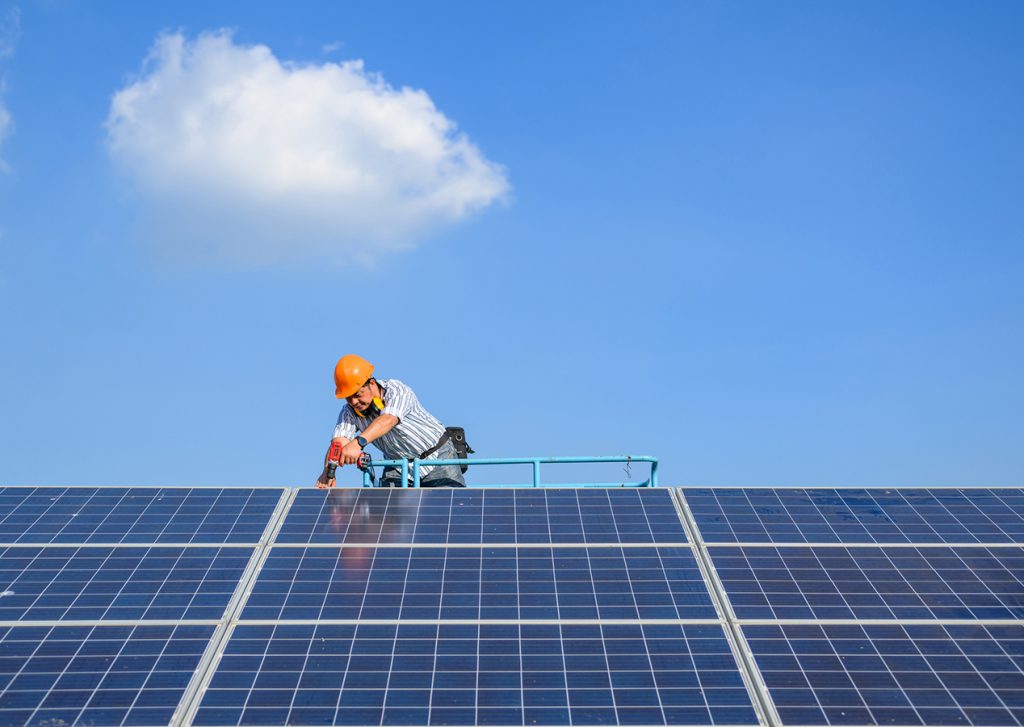Solar Energy 101: A Newbie's Guide to Sustainable Energy Solutions
As the globe increasingly shifts towards lasting energy remedies, recognizing the fundamentals of solar power ends up being essential for both people and companies. By discovering the advantages of solar innovation, along with the monetary incentives and setup procedures, one can gain a clearer perspective on exactly how to successfully incorporate this sustainable source into their power approach.
Comprehending Solar Power
At its core, recognizing solar energy involves realizing the essential principles of just how sunshine can be converted into functional electrical energy. Solar power is acquired from the sunlight's radiation, which can be harnessed through various technologies.

Comprehending solar power likewise entails identifying its ecological benefits. By utilizing sunlight, we can reduce greenhouse gas emissions and lower air pollution, adding to a much more sustainable future. The advancements in modern technology and efficiency of solar systems continue to improve their viability, making solar energy a progressively appealing choice for international energy requirements.
Types of Solar Energy Equipments
Numerous kinds of solar energy systems are frequently employed to harness solar power for power generation. The primary categories consist of solar (PV) systems, focusing solar energy (CSP) systems, and solar thermal systems.
Solar systems utilize solar panels made up of silicon cells that transform sunlight straight into electrical energy. These systems are versatile and can be installed on roofs, ground places, or incorporated into structure materials.
Concentrating Solar energy systems, on the other hand, use mirrors or lenses to focus sunlight onto a tiny location, producing heat that drives a steam generator to create electrical power - Simply Solar Illinois. CSP systems are normally released in large-scale power plants and call for straight sunshine, making them less ideal for gloomy regions

Each sort of solar energy system has its one-of-a-kind qualities, applications, and suitability relying on geographical location, energy needs, and spending plan, making it important to review choices based upon particular scenarios. explanation - Simply Solar Illinois

Advantages of Solar Power
Utilizing solar power via different systems not just gives a lasting means to generate electrical energy however also supplies a plethora of benefits. One of the most significant advantages is the decrease in greenhouse gas emissions, adding to a cleaner environment and combating environment modification. Solar energy is renewable, indicating it is infinite and available as long as the sun beams, unlike nonrenewable fuel sources, which are finite and depleting.
Additionally, solar power can bring about substantial cost savings in time. House owners and services can lower their electrical power costs significantly, and in lots of situations, they may make credit ratings for excess power generated via net metering. Additionally, the solar sector produces work, from producing to installation, boosting neighborhood economic climates.
Another engaging benefit is energy independence. By producing their very own electrical energy, individuals and neighborhoods can lower dependence on exterior energy resources, enhancing durability against fluctuating energy rates and supply disturbances. Solar power systems call for minimal upkeep, making them a practical choice for sustainable power generation.
Installment Refine Review
The setup procedure for solar energy systems usually entails several key actions that ensure reliable learn the facts here now integration into a home. Originally, an extensive site evaluation is carried out to evaluate the roof's alignment, shielding, and architectural honesty, which are crucial to maximizing photovoltaic panel efficiency. Following this evaluation, the style phase begins, where a customized solar power system is configured based on the homeowner's energy needs and choices.
When the layout is finalized, the essential licenses and authorizations are acquired from regional authorities, ensuring compliance with policies. The actual installation entails installing the photovoltaic panels on the roofing system or ground, connecting them to an inverter, and incorporating the system with the home's electrical arrangement. This stage may additionally include mounting battery storage space systems, depending upon the layout.
With the setup total, the solar energy system can begin creating renewable energy, adding to sustainability and reducing utility costs. This structured technique makes certain that solar systems are both reliable and reputable, maximizing their long-term advantages.
Financial Incentives and Savings
Exploring the financial rewards and savings connected with solar energy systems can dramatically boost the allure of making the switch to renewable resource. Numerous rewards exist at government, state, and local levels, designed to reduce the first expenses connected with solar setup. Among one of the most significant rewards is the government solar tax credit rating, which allows property owners to deduct a percentage of their solar system installment prices from their federal taxes. As of 2023, this credit report stands at 30%, offering considerable financial savings.
In addition to tax credit reports, several states provide rebates that can further decrease upfront costs. Some energy companies additionally provide performance-based motivations, gratifying solar energy production with time. Financing choices, such as solar lendings and leases, allow consumers to install systems with little to no down payment, making solar power extra accessible.

In addition, solar systems can boost home worths, providing a strong return on financial investment. Generally, the mix of incentives and cost savings makes solar great site power an economically eye-catching option for several families.
Verdict
In conclusion, solar power represents an essential element of sustainable energy options, providing a path toward lowered carbon impacts and enhanced environmental security. The varied kinds of solar energy systems, combined with considerable financial motivations, facilitate more comprehensive fostering among people and communities. Comprehending the setup processes and benefits linked with solar power encourages stakeholders to make enlightened choices. Ultimately, the transition to solar power not just cultivates environmental obligation however also advertises economic savings and energy self-reliance.